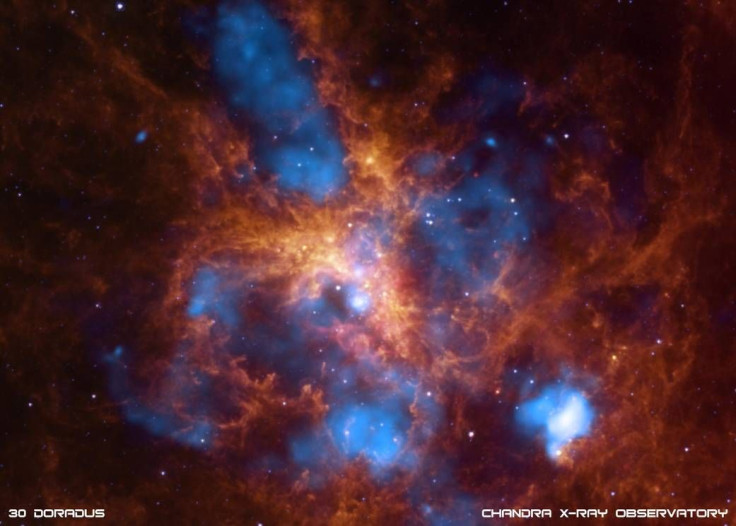There Are More Supersize Stars Than Researchers Ever Predicted

In an ever-expanding universe, researchers have found that supersize stars, or those that are multiple times the size of the sun, are more common than they previously thought. The research on the stars will be published Friday in the journal Science.
This discovery might not seem like it would matter much or change anything but it helps explain a lot about the other celestial bodies that surround the stars. The researchers who published the report examined observations made in the star-forming region 30 Doradus.
This region is one of the closest to the Milky Way of its kind and it sits in the Large Magellanic Cloud galaxy. The massive stars in the center of the galaxy are commonly known as the Tarantula Nebula, which researchers have been able to capture in images and study from afar.
The new study says the number of supersize stars predicted by Salpeter distribution is off. There are actually more stars with the mass of more than 30 suns than the distribution predicted. The researchers believe that if the estimates of the supersize stars were off, estimates of black holes and other remnants of dead stars might also be more frequent than previously thought.
Such massive stars influence what happens in the space around them. For example, when they die they cause supernovas, which send bright light radiating in all directions drowning out light from other stars. The leftovers from the supernovas can also form black holes and neutron stars. The creation of such stars is also what helps release heavy metals into the universe.
The stars can be difficult to detect because, while they do have larger masses than other stars, they also have shorter lives, meaning there's less time for observation this is why the researchers focused directly on the Tarantula Nebula and the stars within it. They found that there were 30 percent more stars than models predicted.
© Copyright IBTimes 2024. All rights reserved.





















